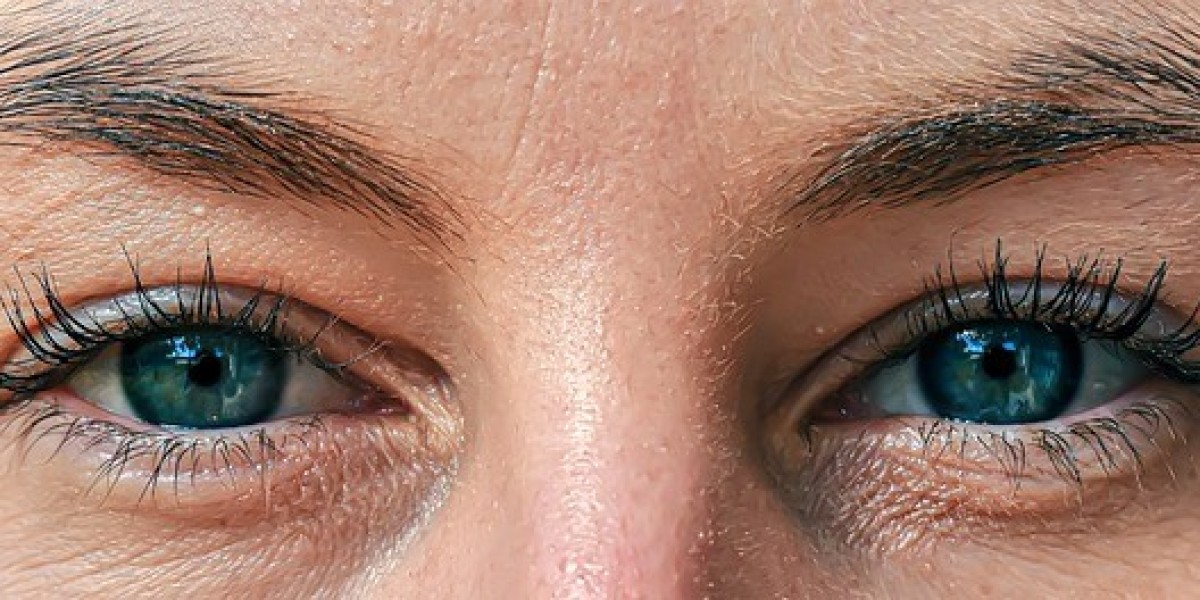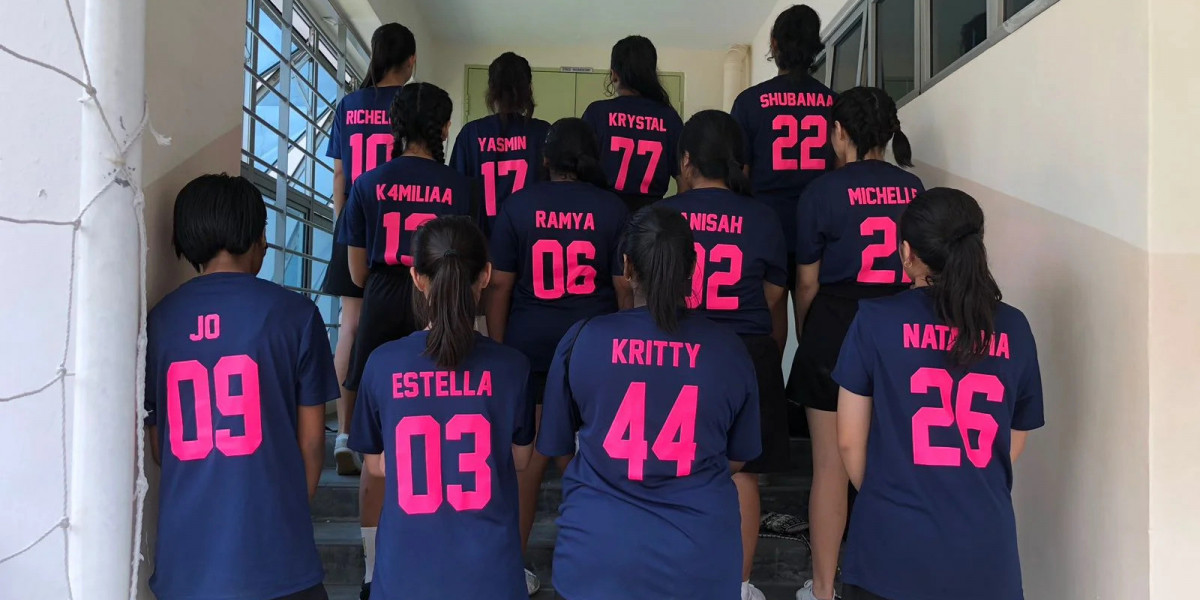Droopy eyelids, medically known as ptosis, refer to the sagging or lowering of the upper eyelid. This condition can affect one or both eyes and may be present at birth (congenital ptosis) or develop later in life (acquired ptosis). While it can be a cosmetic concern for some individuals, in more severe cases, droopy eyelids can impair vision and indicate an underlying health issue.
Causes of Droopy Eyelids
There are several potential causes of droopy eyelids, ranging from natural aging to neurological conditions. One of the most common causes is the weakening of the levator muscle, which is responsible for lifting the eyelid. As people age, this muscle may stretch or become less effective, resulting in a sagging eyelid.
In some cases, ptosis is congenital, meaning the muscle was underdeveloped at birth. Other causes include trauma to the eye or eyelid, previous eye surgeries, or long-term use of contact lenses, which can stretch the eyelid muscles. Neurological disorders such as myasthenia gravis, Horner’s syndrome, or third cranial nerve palsy can also lead to droopy eyelids.
Symptoms and Diagnosis
The most obvious symptom of ptosis is the visible drooping of the upper eyelid. In mild cases, this may be subtle and not interfere with vision, but in more severe cases, the eyelid can cover part or all of the pupil, leading to obstructed vision. People with ptosis may also notice eye fatigue, especially when reading or looking up for extended periods, as they often have to raise their eyebrows or tilt their head back to see clearly.
Diagnosing ptosis typically involves a physical examination by an ophthalmologist or neurologist. The doctor may conduct a detailed history, assess the eyelid position, and perform tests to evaluate muscle function and rule out underlying conditions. In cases where a neurological issue is suspected, imaging studies or blood tests may be ordered.
Treatment Options
Treatment for droopy eyelids depends on the severity and underlying cause. In mild cases where vision is not affected, no treatment may be necessary. However, if ptosis interferes with vision or is caused by an underlying medical condition, treatment is usually recommended.
Surgical correction is the most common treatment for ptosis. A procedure called blepharoplasty or ptosis repair can tighten the levator muscle or reattach it to lift the eyelid to a more natural position. In children with congenital ptosis, early surgery is often advised to prevent vision problems such as amblyopia (lazy eye).
For individuals who are not candidates for surgery, nonsurgical options like eyelid crutches (a device attached to glasses to support the eyelid) may be used. In some cases of ptosis caused by myasthenia gravis, medications that improve muscle strength may alleviate symptoms.
Conclusion
Droopy eyelids can be more than just a cosmetic issue—they may signal a deeper health problem or affect vision and daily activities. Anyone experiencing significant eyelid drooping should consult a healthcare provider for a thorough evaluation. With proper diagnosis and treatment, most people can achieve both functional and aesthetic improvement.








